-
 Bitcoin
Bitcoin $117600
0.25% -
 Ethereum
Ethereum $4424
0.10% -
 XRP
XRP $3.101
0.50% -
 Tether USDt
Tether USDt $1.001
-0.01% -
 BNB
BNB $836.2
1.26% -
 Solana
Solana $188.8
2.11% -
 USDC
USDC $1.000
0.01% -
 Dogecoin
Dogecoin $0.2301
0.57% -
 TRON
TRON $0.3485
-1.00% -
 Cardano
Cardano $0.9209
-1.34% -
 Hyperliquid
Hyperliquid $46.72
-1.19% -
 Chainlink
Chainlink $22.62
4.84% -
 Stellar
Stellar $0.4275
-0.38% -
 Sui
Sui $3.761
1.91% -
 Bitcoin Cash
Bitcoin Cash $586.7
-0.25% -
 Ethena USDe
Ethena USDe $1.001
0.01% -
 Hedera
Hedera $0.2510
2.06% -
 Avalanche
Avalanche $24.21
2.22% -
 Litecoin
Litecoin $119.7
1.07% -
 Toncoin
Toncoin $3.450
1.06% -
 UNUS SED LEO
UNUS SED LEO $9.411
-0.93% -
 Shiba Inu
Shiba Inu $0.00001298
1.20% -
 Uniswap
Uniswap $10.98
3.25% -
 Polkadot
Polkadot $3.961
2.16% -
 Dai
Dai $1.000
0.00% -
 Bitget Token
Bitget Token $4.642
0.95% -
 Cronos
Cronos $0.1514
0.57% -
 Ethena
Ethena $0.7290
3.78% -
 Monero
Monero $254.1
7.69% -
 Pepe
Pepe $0.00001102
2.47%
What is the difference between token inflation and deflation? What impact do they have on the ecosystem?
Token inflation increases supply, potentially lowering value, while deflation decreases supply, possibly raising value, both impacting crypto ecosystem health.
May 09, 2025 at 04:01 pm
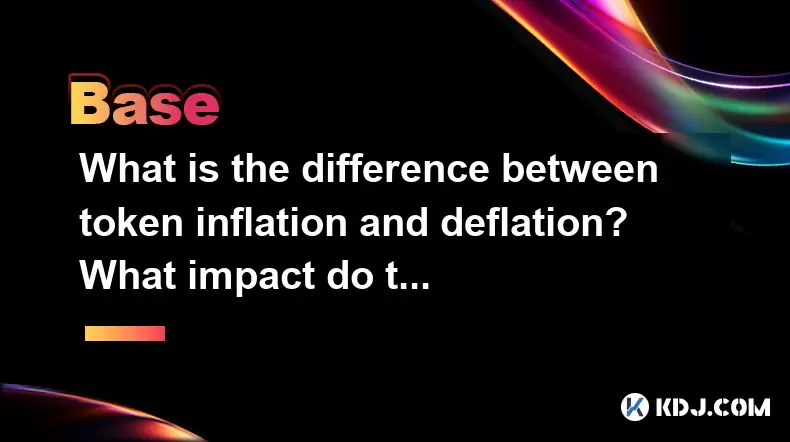
Token inflation and deflation are two critical economic concepts within the cryptocurrency ecosystem that can significantly influence the value and utility of tokens. Understanding these concepts is essential for anyone involved in the crypto space, as they directly impact investment decisions and the overall health of a blockchain network.
What is Token Inflation?
Token inflation refers to an increase in the total supply of tokens within a cryptocurrency ecosystem. This can occur through various mechanisms, such as mining rewards, staking rewards, or other forms of token distribution. When the supply of tokens increases, the value of each individual token can decrease, assuming demand remains constant. This is because the same amount of demand is now spread across a larger number of tokens.
Inflation can be beneficial in certain contexts. For example, inflation can incentivize participation in the network by rewarding users for contributing resources, such as computing power or liquidity. This can help to secure the network and promote growth. However, if inflation is too high, it can lead to a devaluation of the token, which might discourage long-term holding and investment.
What is Token Deflation?
On the other hand, token deflation refers to a decrease in the total supply of tokens within a cryptocurrency ecosystem. This can occur through mechanisms such as token burning, where tokens are permanently removed from circulation, or through a fixed supply model where no new tokens are created. When the supply of tokens decreases, the value of each individual token can increase, assuming demand remains constant. This is because the same amount of demand is now spread across a smaller number of tokens.
Deflation can be attractive to investors because it can lead to an increase in the value of their holdings. Deflation can also encourage long-term holding of tokens, as users may anticipate future price appreciation. However, if deflation is too severe, it can lead to a lack of liquidity and reduced transaction volume, which can hinder the usability of the token as a medium of exchange.
Impact of Inflation on the Ecosystem
The impact of inflation on a cryptocurrency ecosystem can be multifaceted. Inflation can drive user engagement by providing ongoing rewards for participation. For example, in proof-of-stake (PoS) systems, users are rewarded with new tokens for staking their existing tokens, which helps to secure the network. Similarly, in decentralized finance (DeFi) platforms, liquidity providers are often rewarded with new tokens, which encourages the provision of liquidity.
However, high inflation rates can erode the value of tokens over time. If users perceive that the value of their tokens is decreasing, they may be less inclined to hold them, which can lead to increased selling pressure and further price declines. This can create a negative feedback loop that is detrimental to the ecosystem.
Impact of Deflation on the Ecosystem
The impact of deflation on a cryptocurrency ecosystem can also be complex. Deflation can increase the value of tokens, which can attract more investors and encourage long-term holding. This can lead to a more stable and secure network, as users are incentivized to maintain their positions rather than engage in short-term trading.
However, severe deflation can lead to reduced liquidity. If users are holding onto their tokens in anticipation of future price increases, there may be fewer tokens available for transactions. This can make it more difficult to use the token as a medium of exchange, which can hinder its utility and adoption.
Balancing Inflation and Deflation
Finding the right balance between inflation and deflation is crucial for the health of a cryptocurrency ecosystem. Many projects aim to achieve a balance by implementing mechanisms that adjust the supply of tokens based on certain conditions. For example, some projects use algorithmic stablecoins that adjust the supply of tokens to maintain a stable price.
Other projects implement a combination of inflationary and deflationary mechanisms. For instance, a project might reward users with new tokens for contributing to the network but also implement token burning to remove tokens from circulation. This can help to maintain a stable token value while still incentivizing participation.
Case Studies: Inflation and Deflation in Action
To illustrate the impact of inflation and deflation, let's look at a few case studies within the cryptocurrency space.
Bitcoin (BTC): Bitcoin has a fixed supply of 21 million tokens, making it a deflationary asset. The supply of Bitcoin decreases over time as more tokens are mined, and the mining rewards halve approximately every four years. This deflationary model has contributed to Bitcoin's reputation as a store of value, often referred to as "digital gold."
Ethereum (ETH): Ethereum initially had an inflationary model, with new ETH being created through mining rewards. However, with the transition to Ethereum 2.0 and the implementation of proof-of-stake, the supply dynamics are changing. Ethereum also introduced EIP-1559, which implements a token burning mechanism that can make ETH deflationary under certain conditions.
Ampleforth (AMPL): Ampleforth is an example of a cryptocurrency that uses a unique rebasing mechanism to manage its supply. The supply of AMPL adjusts daily based on the price of the token, aiming to maintain a stable purchasing power. This approach is neither strictly inflationary nor deflationary but rather seeks to balance the two.
Frequently Asked Questions
Q: Can a cryptocurrency switch from being inflationary to deflationary?
A: Yes, a cryptocurrency can switch from being inflationary to deflationary through changes in its protocol. For example, Ethereum's transition to Ethereum 2.0 and the implementation of EIP-1559 have introduced deflationary mechanisms that can reduce the supply of ETH under certain conditions.
Q: How do inflation and deflation affect the price volatility of a cryptocurrency?
A: Inflation and deflation can both contribute to price volatility. High inflation can lead to increased selling pressure and price declines, while deflation can lead to price increases as users hold onto their tokens in anticipation of future appreciation. However, the impact on volatility depends on various factors, including the rate of inflation or deflation and market sentiment.
Q: Are there any cryptocurrencies that aim to maintain a stable supply?
A: Yes, some cryptocurrencies aim to maintain a stable supply through various mechanisms. For example, Ampleforth uses a rebasing mechanism to adjust its supply daily based on the token's price, aiming to maintain stable purchasing power. Other projects may use algorithmic stablecoins or other supply adjustment mechanisms to achieve a similar goal.
Q: How do users typically respond to high inflation or deflation in a cryptocurrency ecosystem?
A: Users typically respond to high inflation by selling their tokens to avoid further devaluation, which can lead to increased selling pressure and price declines. In contrast, users may respond to deflation by holding onto their tokens in anticipation of future price increases, which can lead to reduced liquidity and increased price volatility.
Disclaimer:info@kdj.com
The information provided is not trading advice. kdj.com does not assume any responsibility for any investments made based on the information provided in this article. Cryptocurrencies are highly volatile and it is highly recommended that you invest with caution after thorough research!
If you believe that the content used on this website infringes your copyright, please contact us immediately (info@kdj.com) and we will delete it promptly.
- Kazakhstan's Crypto Leap: Bitcoin ETF and Central Asia's Digital Finance Future
- 2025-08-13 12:45:19
- BlockDAG Presale Blazes Past $371M: Fundraising Frenzy Fuels Crypto Sensation
- 2025-08-13 13:05:21
- Meme Coins: Chasing the 2025 Surge – Which Will Moonshot?
- 2025-08-13 10:25:23
- Bitcoin's Wild Ride: Rally, Pullback, and What's Next
- 2025-08-13 10:25:23
- Bitcoin, Bitmax, and Institutional Demand: A New Era of Crypto Investment
- 2025-08-13 10:45:12
- Solana, ROAM, and Airdrops: What's the Buzz in 2025?
- 2025-08-13 11:35:13
Related knowledge
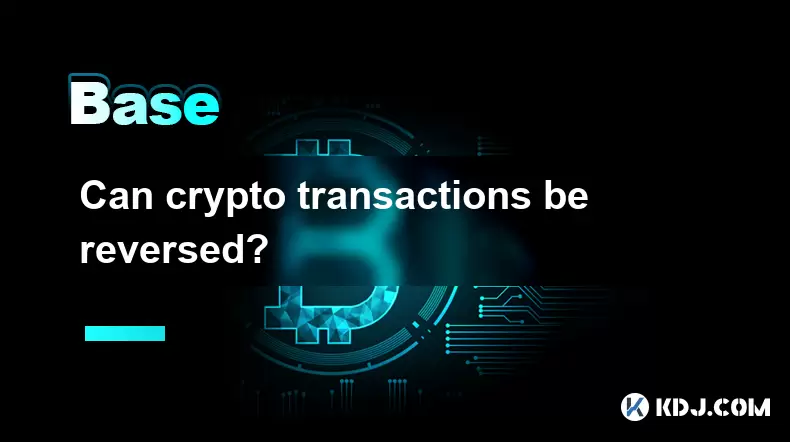
Can crypto transactions be reversed?
Aug 10,2025 at 01:35am
Understanding the Immutability of Blockchain TransactionsCryptocurrency transactions are built on blockchain technology, which is designed to be immut...

What happens if I forget my crypto wallet password?
Aug 09,2025 at 08:50am
Understanding the Role of a Crypto Wallet PasswordA crypto wallet password serves as a critical security layer that protects access to your digital as...
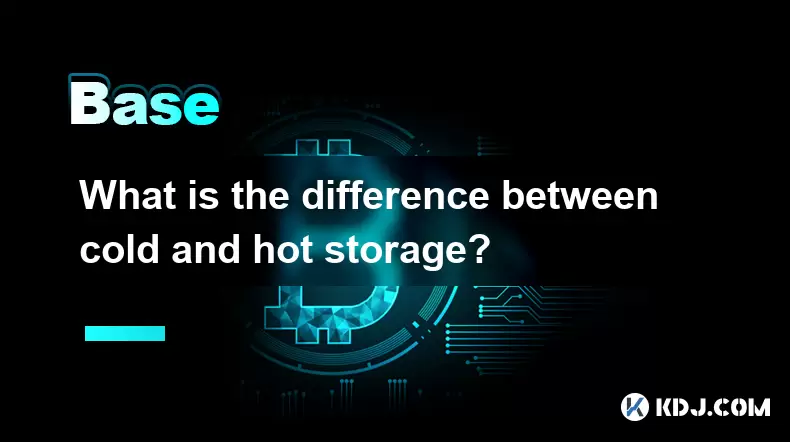
What is the difference between cold and hot storage?
Aug 12,2025 at 01:01am
Understanding Cold Storage in CryptocurrencyCold storage refers to offline methods of storing cryptocurrency private keys, ensuring they are not expos...
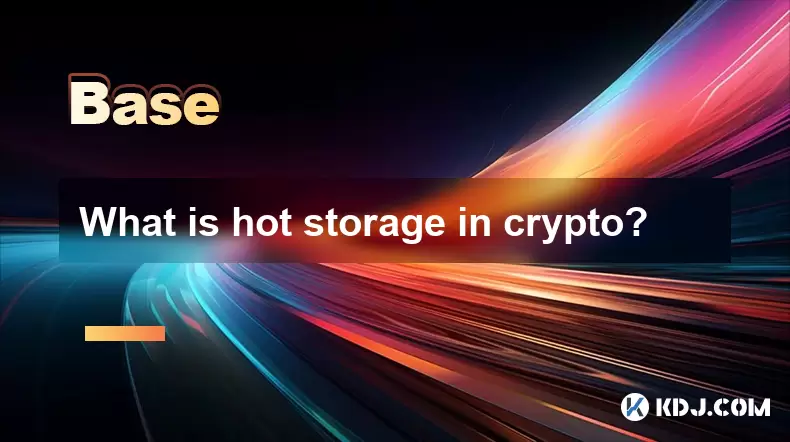
What is hot storage in crypto?
Aug 11,2025 at 07:08am
Understanding Hot Storage in CryptocurrencyHot storage refers to cryptocurrency wallets that are connected to the internet. Unlike cold storage soluti...

What is cold storage in crypto?
Aug 13,2025 at 11:35am
Understanding Cold Storage in CryptocurrencyCold storage in cryptocurrency refers to a method of storing digital assets offline, away from internet-co...
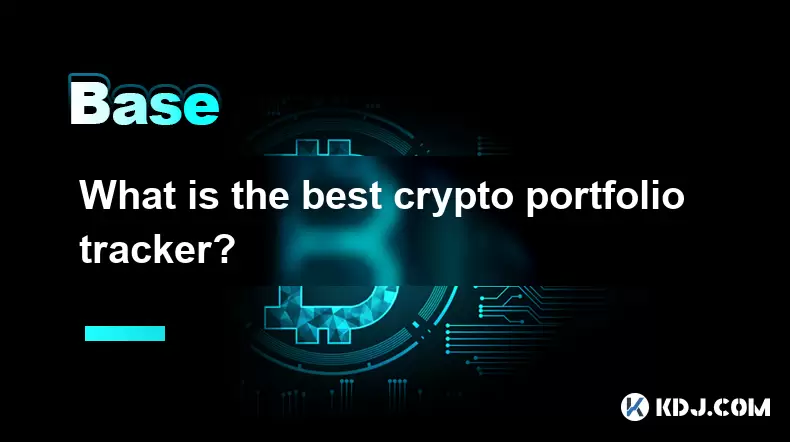
What is the best crypto portfolio tracker?
Aug 10,2025 at 05:08am
Understanding the Role of a Crypto Portfolio TrackerA crypto portfolio tracker is a digital tool designed to help investors monitor the performance of...

Can crypto transactions be reversed?
Aug 10,2025 at 01:35am
Understanding the Immutability of Blockchain TransactionsCryptocurrency transactions are built on blockchain technology, which is designed to be immut...

What happens if I forget my crypto wallet password?
Aug 09,2025 at 08:50am
Understanding the Role of a Crypto Wallet PasswordA crypto wallet password serves as a critical security layer that protects access to your digital as...

What is the difference between cold and hot storage?
Aug 12,2025 at 01:01am
Understanding Cold Storage in CryptocurrencyCold storage refers to offline methods of storing cryptocurrency private keys, ensuring they are not expos...

What is hot storage in crypto?
Aug 11,2025 at 07:08am
Understanding Hot Storage in CryptocurrencyHot storage refers to cryptocurrency wallets that are connected to the internet. Unlike cold storage soluti...

What is cold storage in crypto?
Aug 13,2025 at 11:35am
Understanding Cold Storage in CryptocurrencyCold storage in cryptocurrency refers to a method of storing digital assets offline, away from internet-co...

What is the best crypto portfolio tracker?
Aug 10,2025 at 05:08am
Understanding the Role of a Crypto Portfolio TrackerA crypto portfolio tracker is a digital tool designed to help investors monitor the performance of...
See all articles

























































































